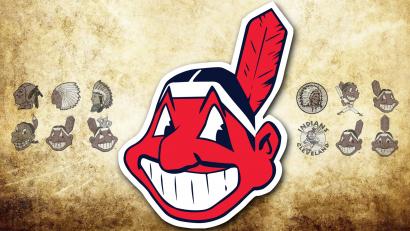Earlier this month, New York Times Public Editor Liz Spayd criticized her paper for covering novelty sports stories at the expense of bread-and-butter game coverage.
After talking about the tactics employed by the paper while covering the NCAA basketball tournament March Madness that focused on off-the-court stuff for a “sophisticated global audience,” a focus on international sports like soccer, and with “Groundbreaking investigative work” on problems like concussions and doping.
That is a grand ambition for a staff of only 20 reporters, and plenty goes uncovered. Fans who love the theater that surrounds sports fare well. Those who want a reliable venue to follow a favorite player or the arc of a team’s season may need to look elsewhere.
It’s the latter group that complains most frequently to my office.
Here’s Charles Paikert of South Orange, N.J.: “Why are there big stories on Nordic surfing, German ice water swimming and Brazilian badminton and hardly any beat coverage of the Knicks, Nets, Rangers, Devils or Islanders?” he asks. “Why does a soccer column from Europe get more play than a column on sports in America?”
....
With so much ground to cover and so few resources, choosing the right stories is essential. Yet if there is a pattern to what gets selected and what doesn’t, it’s not easy to discern. And when favorite teams and news are covered unevenly, the offbeat, unorthodox or outright bizarre features really stand out.
Spayd mentioned a “4,000-word story on bighorn-sheep hunting in Montana, where permits go for $100,000 and higher....The feature resonated with many readers, and infuriated others who questioned why it was a sports story to begin with.” She concluded with a criticism: “The editors say they’re looking for stories that surprise. Sounds alluring, but it only works if there is also a clear body of work that defines the core. Because when everything is a surprise, pretty soon nothing is.”
 As if to confirm similar concerns, the front of Thursday’s sports section featured the pressing matter of the Cleveland Indians baseball teams mascot Chief Wahoo, considered offensive by some activists: "Baseball Urges Indians To Phase Out Caricature" by David Waldstein. The text box kept the heat on: “The commissioner presses the club to drop Chief Wahoo.” There was a photo inside of a single protester with caption: “For years, Cleveland’s first home game has been an occasion to protest Chief Wahoo, an emblem that the Indians have used since 1947.”
As if to confirm similar concerns, the front of Thursday’s sports section featured the pressing matter of the Cleveland Indians baseball teams mascot Chief Wahoo, considered offensive by some activists: "Baseball Urges Indians To Phase Out Caricature" by David Waldstein. The text box kept the heat on: “The commissioner presses the club to drop Chief Wahoo.” There was a photo inside of a single protester with caption: “For years, Cleveland’s first home game has been an occasion to protest Chief Wahoo, an emblem that the Indians have used since 1947.”
The Times has apparently forgotten the Washington Redskins debacle, in which it turns out (via a Washington Post poll) that American Indians don’t really care about the team’s nickname and don’t consider it a slur (thought that didn’t stop the Post from switching targets to Chief Wahoo.)
Waldstein wrote:
The Cleveland Indians returned home to Progressive Field on Tuesday for the first time since an agonizing Game 7 defeat to the Chicago Cubs in the World Series. They raised the 2016 American League pennant and handed out rings before the focus turned back to the current season.
It is a season in which the Indians may again be one of the top teams in baseball, but it is also one in which they may have to wrestle increasingly with the issue of Chief Wahoo, the smiling caricature that has long been an Indians logo but has come to be seen as offensive and wildly outdated.
Among those who think it is time for the club to decisively move away from the logo is the Major League Baseball commissioner, Rob Manfred, who in continuing discussions with the team’s ownership is beginning to apply a little bit of pressure on the club to come up with a plan of action.
....
It is an issue, however, that may not be that easy to resolve. Although many people, including baseball fans around the country, would welcome the removal of Chief Wahoo, there is a significant segment of the Indians’ fan base that still cherishes the logo, which has existed in various forms since 1947.
....During this year’s protest, Yenyo engaged in a cordial conversation with a team employee. And Yenyo said that over the years the Indians had been very cooperative in arranging for security to protect the two dozen or so protesters who do show up outside the stadium.
Still, as Yenyo spoke through a megaphone at Tuesday’s demonstration, a man barreled through the protesters and yelled at him: “It’s a caricature. Get over it.”
....
The logo could also be found on many items in the team souvenir shop, along with stickers depicting an even harsher representation of Chief Wahoo from an earlier period. For now, at least, the logo still survives and even thrives.
The paper’s former Executive Editor, Howell Raines notoriously launched a crusade to get Tiger Woods to boycott the Masters Tournament until it started accepting women members.




